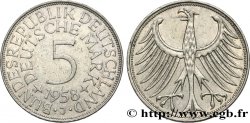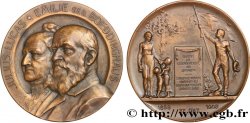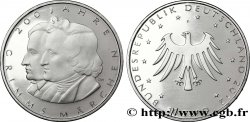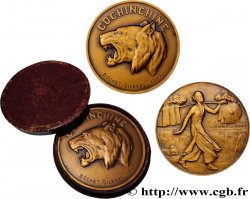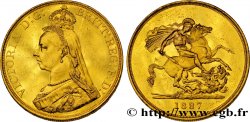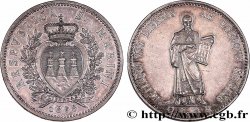Usted debe firmar y ser un comprador aprobado para pujar, Inicia sesión para pujar. Las cuentas están sujetas a la aprobación y el proceso de aprobación se alcanzan dentro de las 48 horas. No espere hasta el día en una venta se cierra el registro.Al hacer una oferta en este artículo usted está firmando un contrato jurídicamente vinculante para comprar este artículo y haga clic en «oferta» constituye una aceptación de los términos de uso de live auctions de cgb.fr.
La subasta debe ser colocado en euros enteros cantidades venta only.The se cerrará en el momento en la descripción del artículo, no se ejecutarán las ofertas recibidas en el sitio después de la hora de cierre. Veces Transmition pueden variar y las ofertas pueden ser rechazadas si espera a los últimos segundos. Para más información envie el FAQ Live auction.
Las ofertas ganadoras estarán sometidas a un 18% IVA incluido por gastos de participación a la venta.
Las ofertas ganadoras estarán sometidas a un 18% IVA incluido por gastos de participación a la venta.
| Valoración : | 900 € |
| Precio : | 450 € |
| Oferta más alta : | 493 € |
| Fecha de fin de la venta : | 31 octubre 2017 17:40:04 |
| participantes : | 1 participante |
Tipo : Médaille de la ville d’Augsbourg
Fecha: n.d.
Nombre del taller / ciudad: Allemagne, Aubsburg
Metal: oro
Milésimas de pureza : 0.986 ‰
Diámetro: 35 mm
Eje de acuñación: 12 h.
Peso: 20,85 g.
Canto: lisse
Comentarios sobre el estado de conservación:
Magnifique exemplaire sans usure, si ce ne sont quelques hair lines et un coup sur la tranche
Anverso
Titulatura del anverso: AVGUSTA VINDELICORUM.
Descripción del anverso: Blason de la ville avec une pomme de pin posée sur le chapiteau d’une colonne.
Reverso
Titulatura del reverso: AUGSBURG.
Descripción del reverso: Vue de la Rathausplatz avec la Basilique et l’Hôtel de ville.
Comentario
Magnifique médaille avec la vue de la Basilique Saint-Ulrich-et-Sainte-Afre et de l’Hôtel de ville, bâti par Elias Holl, qui contient la célèbre Salle dorée, avec ses murs et plafonds recouverts d'or, de peintures et de sculptures représentant d'un côté les empereurs romains chrétiens et de l'autre les empereurs romains non-chrétiens. La Salle dorée est connue aussi pour sa grande superficie, occupant le tiers du bâtiment.
Augsbourg (allemand Augsburg) est une ville allemande située dans le Land de Bavière, en Souabe bavaroise, sur la Route romantique. Ville universitaire et industrielle, Augsbourg est le chef-lieu du district de Souabe (Regierungsbezirk Schwaben), de l'arrondissement d'Augsbourg (Landkreis) et le siège d'un diocèse catholique. Ses palais, ses églises et son hôtel de ville reflètent son âge d'or, lorsqu'elle était aux XVe et XVIe siècles une ville de premier rang en Europe. La ville a actuellement environ 276 000 habitants (276 542 au 31 décembre 2013) et est ainsi, après Munich et Nuremberg, la troisième ville de Bavière. Son nom vient du latin Augusta Vindelicorum.
Magnificent medal with the view of the Basilica of Saints Ulrich and Afra and the Town Hall, built by Elias Holl, which contains the famous Golden Hall, with its walls and ceilings covered in gold, paintings and sculptures representing on one side the Christian Roman emperors and on the other the non-Christian Roman emperors. The Golden Hall is also known for its large surface area, occupying a third of the building. Augsburg (German Augsburg) is a German city located in the state of Bavaria, in Bavarian Swabia, on the Romantic Road. A university and industrial city, Augsburg is the capital of the district of Swabia (Regierungsbezirk Schwaben), of the district of Augsburg (Landkreis) and the seat of a Catholic diocese. Its palaces, churches and town hall reflect its golden age, when in the 15th and 16th centuries it was a leading city in Europe. The city currently has about 276,000 inhabitants (276,542 as of December 31, 2013) and is thus, after Munich and Nuremberg, the third largest city in Bavaria. Its name comes from the Latin Augusta Vindelicorum
Augsbourg (allemand Augsburg) est une ville allemande située dans le Land de Bavière, en Souabe bavaroise, sur la Route romantique. Ville universitaire et industrielle, Augsbourg est le chef-lieu du district de Souabe (Regierungsbezirk Schwaben), de l'arrondissement d'Augsbourg (Landkreis) et le siège d'un diocèse catholique. Ses palais, ses églises et son hôtel de ville reflètent son âge d'or, lorsqu'elle était aux XVe et XVIe siècles une ville de premier rang en Europe. La ville a actuellement environ 276 000 habitants (276 542 au 31 décembre 2013) et est ainsi, après Munich et Nuremberg, la troisième ville de Bavière. Son nom vient du latin Augusta Vindelicorum.
Magnificent medal with the view of the Basilica of Saints Ulrich and Afra and the Town Hall, built by Elias Holl, which contains the famous Golden Hall, with its walls and ceilings covered in gold, paintings and sculptures representing on one side the Christian Roman emperors and on the other the non-Christian Roman emperors. The Golden Hall is also known for its large surface area, occupying a third of the building. Augsburg (German Augsburg) is a German city located in the state of Bavaria, in Bavarian Swabia, on the Romantic Road. A university and industrial city, Augsburg is the capital of the district of Swabia (Regierungsbezirk Schwaben), of the district of Augsburg (Landkreis) and the seat of a Catholic diocese. Its palaces, churches and town hall reflect its golden age, when in the 15th and 16th centuries it was a leading city in Europe. The city currently has about 276,000 inhabitants (276,542 as of December 31, 2013) and is thus, after Munich and Nuremberg, the third largest city in Bavaria. Its name comes from the Latin Augusta Vindelicorum







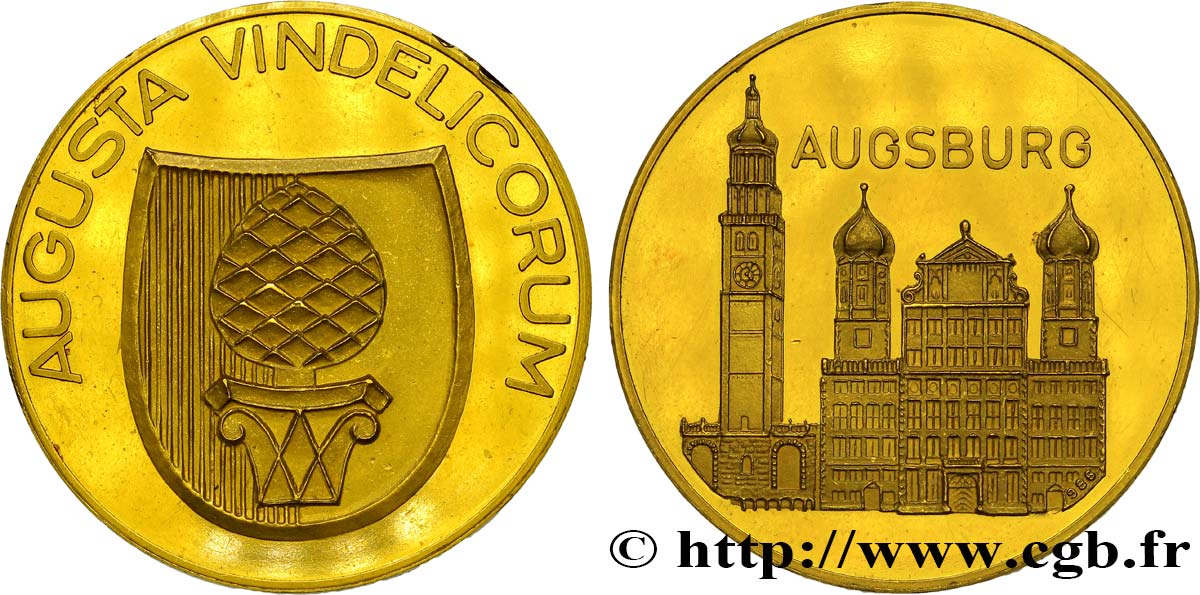
 Informar de un error
Informar de un error Imprimir la página
Imprimir la página Comparte mi selección
Comparte mi selección Haz una pregunta
Haz una pregunta Consignar / vender
Consignar / vender
 Descriptivo
Descriptivo